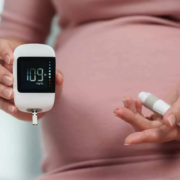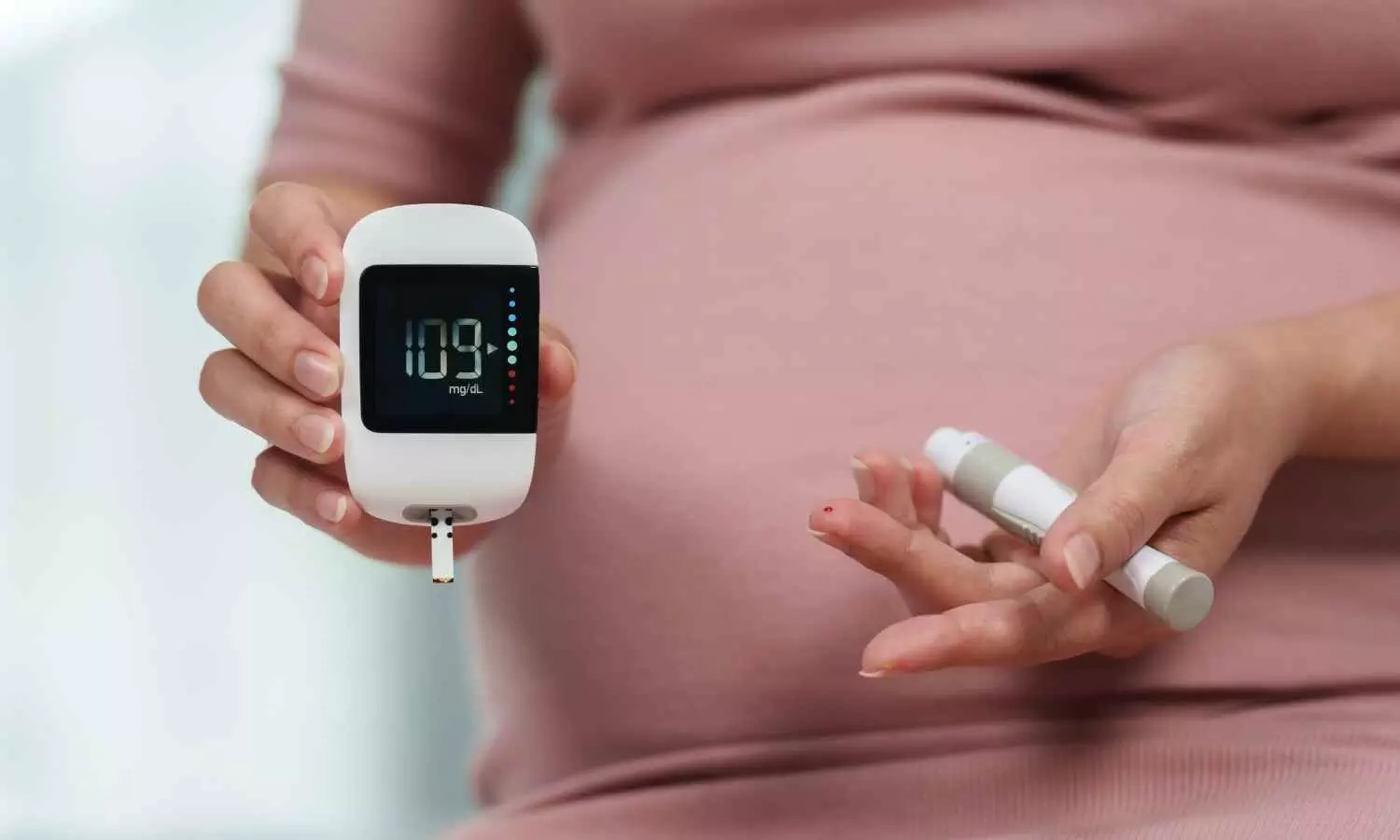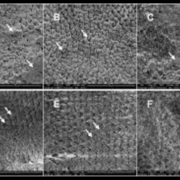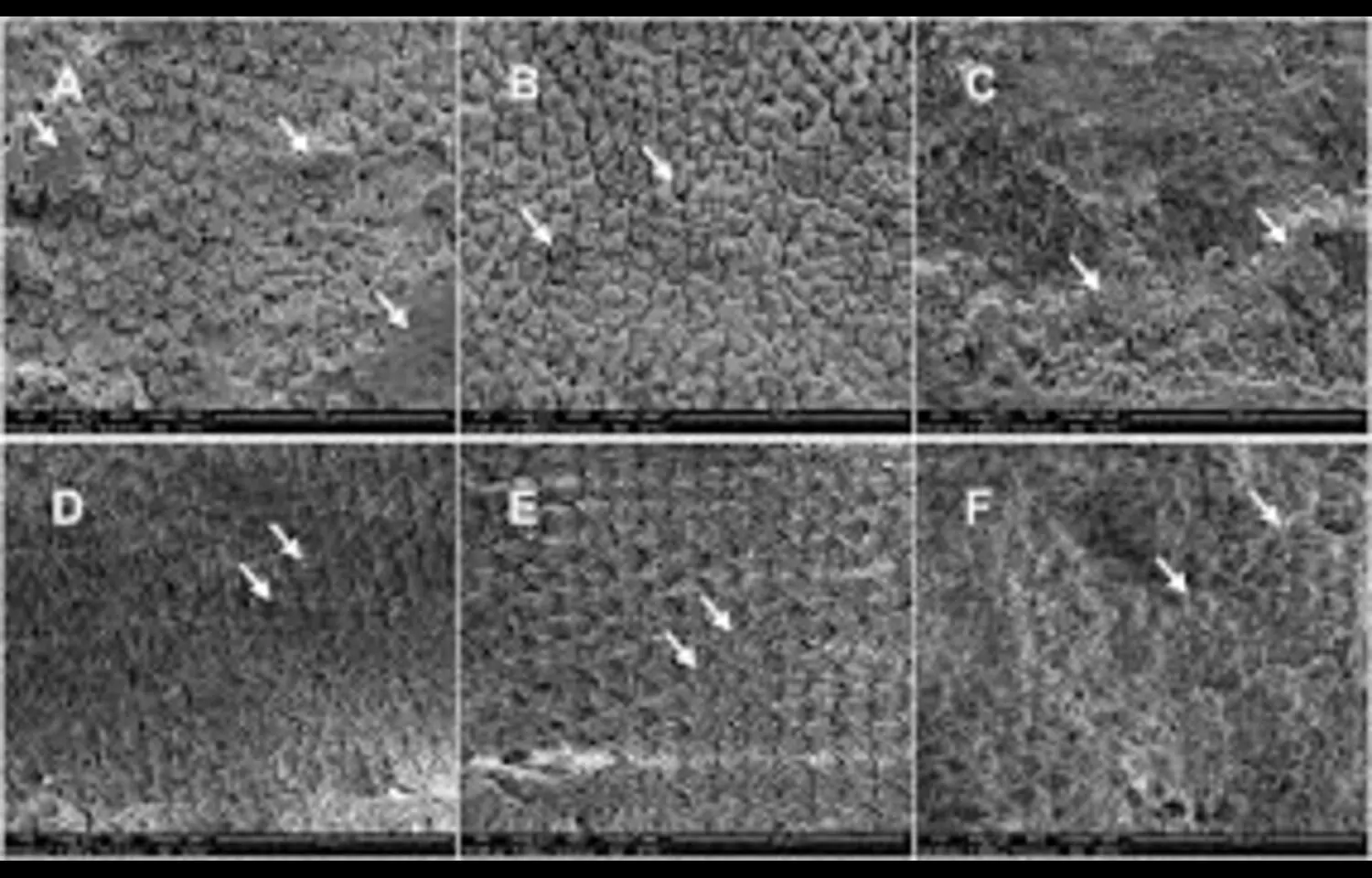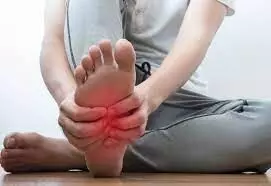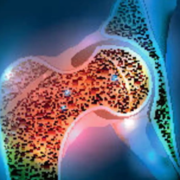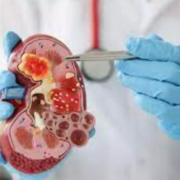Finerenone Benefits Consistent Across Diuretic Subgroups in HFmrEF/HFpEF: JAMA

A new study published in the Journal of American Medical Association showed that although it did not decrease the incidence of new loop diuretic introduction in patients who were not on them at baseline, finerenone’s safety and effectiveness were constant across all diuretic subgroups, lowering total diuretic usage in patients with heart failure with mildly reduced or preserved ejection fraction (HFmrEF/HFpEF).
The effectiveness and safety of mineralocorticoid receptor antagonists in combination with other diuretics, as well as whether they have a so-called diuretic-sparing effect in patients with heart failure (HF), should be assessed due to their renal effects.
Thereby, to investigate the effectiveness and tolerance of finerenone in conjunction with background diuretic medication in patients with HFmrEF/HFpEF, this research was carried out.
This study is a predetermined secondary analysis of the FINEARTS-HF randomly assigned clinical trial, which was carried out among adults 40 years of age and older with HFmrEF/HFpEF across 653 sites in 37 countries. The trial was randomized between September 2020 and January 2023. Analysis of the data took place between December 1, 2024, and January 30, 2025.
The composite of all heart attacks and cardiovascular deaths was the main result. Results were compared between finerenone and placebo based on the following baseline diuretic categories: loop diuretic (≤40 mg vs. >40 mg dosage of furosemide equivalent); solely nonloop diuretic (thiazide or thiazide-like); and combination non-loop and loop diuretic treatment.
Of the 5,438 patients, the mean (SD) age was 72.1 (9.6) years, and 2496 (45.9%) were female. In all, 684 patients (12.6%) were using a nonloop diuretic, 3040 patients (55.7%) were taking less than or equal to 40 mg of furosemide equivalent, 1145 patients (21.1%) were taking 40 mg or more, and 569 patients (10.5%) were taking both nonloop and loop diuretics.
In all diuretic subgroups, finerenone decreased the risk of the primary end point when compared to placebo: rate ratios for patients in the nonloop, 40 mg or less loop, more than 40 mg loop, and combined nonloop and loop categories were 0.84 (95% CI, 0.47-1.51), 0.86 (95% CI, 0.72-1.02), 0.98 (95% CI, 0.78-1.24), and 0.54 (95% CI, 0.35-0.83), respectively.
Finerenone decreased loop diuretic dosage and dose intensification but not loop diuretic beginning when compared to a placebo. The safety of each diuretic category was the same.
Overall, all diuretic subgroups benefited equally on finerenone. Finerenone decreased the requirement for loop diuretic dosage intensification and decreased the mean loop diuretic dose, but it did not substantially lower the introduction of a loop diuretic in patients who were not receiving loop diuretics at baseline when compared to placebo.
Source:
Chimura, M., Jhund, P. S., Henderson, A. D., Yang, M., Claggett, B. L., Desai, A. S., Rohwedder, K., Lage, A., Scalise, A., Mueller, K., Schou, M., Lam, C. S. P., Senni, M., Voors, A. A., Zannad, F., Pitt, B., Vaduganathan, M., Solomon, S. D., & McMurray, J. J. V. (2025). Efficacy and tolerability of finerenone according to the use and dosage of diuretics: A prespecified analysis of the FINEARTS-HF randomized clinical trial. JAMA Cardiology. https://doi.org/10.1001/jamacardio.2025.2551
Powered by WPeMatico


